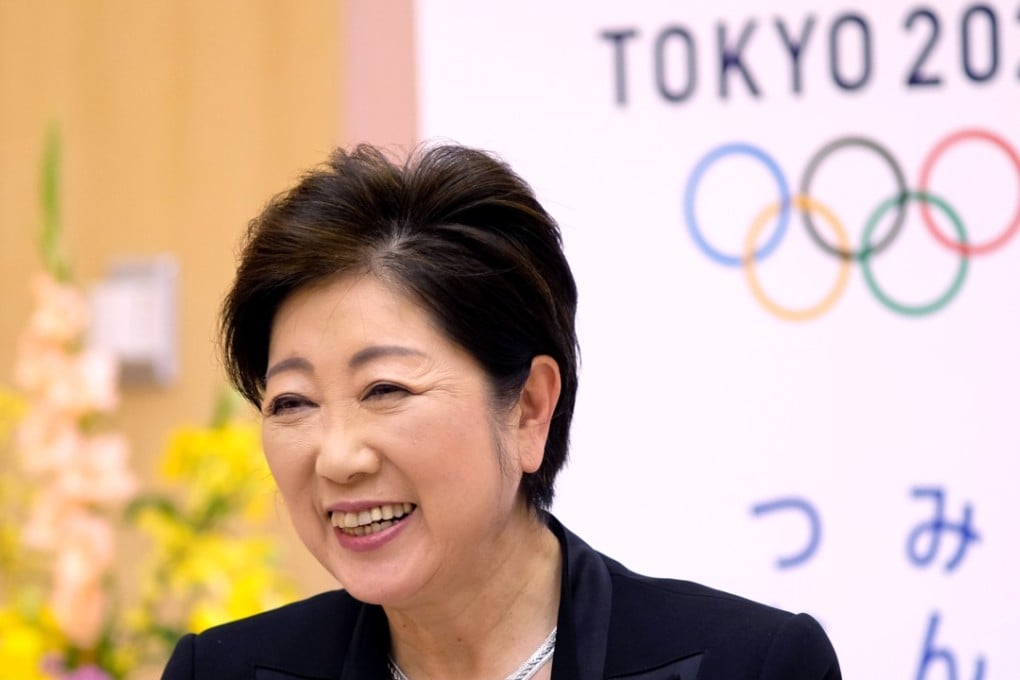How the Tokyo 2020 Games are killing rainforests in Malaysia and Indonesia
Green groups call on the IOC and Tokyo officials to be more environmentally conscious after it is revealed that nearly 90 per cent of the timber used to build a new stadium was sourced from Malaysia and Indonesia

The Japanese have a word to convey a sense of regret concerning waste: mottainai. It can be used as an exclamation – as in “What a waste of food!” – or a slogan for local environmentalists to encourage environmental sustainability.
So it came as no surprise that Tokyo 2020 Olympic Games organisers and Tokyo governor Yuriko Koike made a commitment to making sustainability an integral part of the Games.
But as construction begins on facilities to support the mammoth undertaking that comes with hosting the Olympics, environmental groups are already up in arms about its effect on mother nature, specifically rainforests in the region.
The small fishing town providing Japan’s nuclear litmus test
Last week, Rainforest Action Network (RAN), a US-based NGO, delivered a petition with more than 110,000 signatures to Olympic authorities, including the International Olympic Committee (IOC), calling for “zero rainforest destruction” in the building of Tokyo 2020 facilities.

The petition came after officials confirmed in February that at least 87 per cent of the plywood panels used to construct the New National Stadium, where the opening and closing ceremonies will be held, were derived from timber in Malaysia and Indonesia, home to 10 per cent of the world’s remaining rainforests.
They also said other facilities, such as the Olympic Aquatics Centre, Ariake Arena and the Sea Forest Waterway, were similarly using wood from these rainforests.